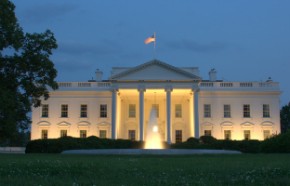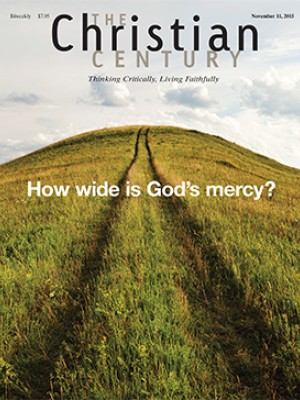The best politics is local

In the coming years, will low-income Americans earn a higher minimum wage? Can the public pensions issue be resolved without leaving retirees financially insecure? How will funding be allocated to public universities or for child-care assistance or mental health care? Will poor people have access to health insurance?
We have entered the long season of presidential campaigning, of constant media coverage and hour upon hour of prime-time debates. But the above questions are not primarily for those seeking the highest office in the land. They are a sampling of the many pressing issues in which it is lower offices that have most of the power—issues unlikely to turn on who occupies the White House.
Read our latest issue or browse back issues.
The presidency, however, gets the vast majority of the public’s attention. Many Americans lack the time or interest to get much deeper into politics than the top national stories, the most famous names, the race on every voter’s ballot. The media landscape is dominated by this same top-down perspective, from cable news to the web. And even those who follow politics closely tend to have a romanticized, inflated sense of the White House and its power. When it comes to domestic affairs, unless there’s a Supreme Court vacancy to fill, that power is sharply limited.
In this issue, Benjamin Dueholm writes about the Bernie Sanders campaign and the left’s tendency to place its hope in transformational candidates for president. The deadlock of divided government in Washington, he argues, won’t be broken by the zeal of a leftist president. If progressives want to pursue change through elections, they should put more energy into down-ticket races and building a governing majority.
Nor is this pursuit primarily a matter of winning congressional seats. The real action is at the state and local levels. This is where minimum wage ordinances are being debated and passed, where public unions and social welfare advocates are squaring off against budget hawks, where federal money often arrives in the form of flexible block grants that might or might not be put to effective use.
Local levels of government are also where an individual’s voice and vote count the most. And the smaller the jurisdiction, the more likely a political conversation will involve citizens who know each other—people whose real relationships can help get them past slogans and entrenched positions.
What will it take to engage more Americans in local politics? One thing is local institutions such as churches. This election cycle will as usual find churches getting involved in savvy ways and naive ones, in faithful ways and questionable ones. But the churches that make the biggest difference won’t be talking about Clinton and Sanders and Bush and Trump. They’ll be engaging the statehouse and city hall, the neighborhood and the block—places that don’t always show up on CNN or in your Facebook newsfeed but that exercise great influence over the lives of Americans.





